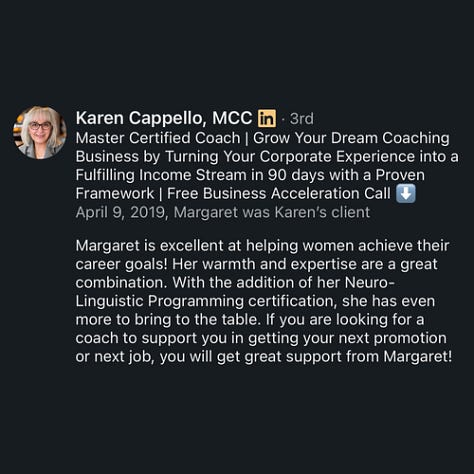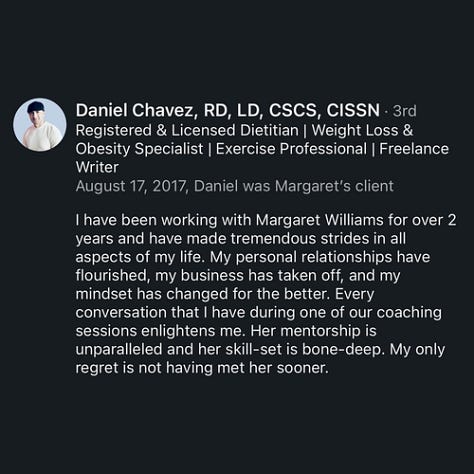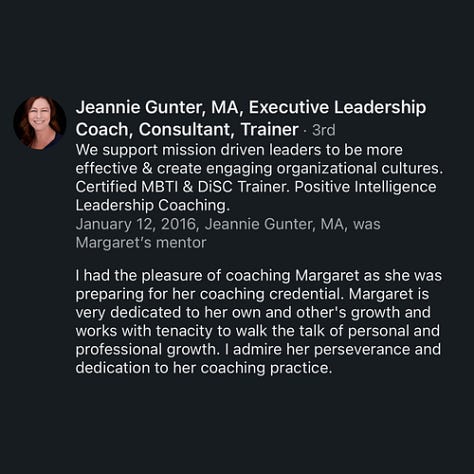
“Power’s not given to you. You have to take it.” – Beyoncé
Biases—whether implicit or explicit—create significant barriers for women in leadership. From stereotypes about gender and leadership styles to systemic discrimination, these biases shape how we are perceived and how we perceive ourselves. In fact, 60% of women report being judged more harshly than men for mistakes at work (LeanIn.org & McKinsey & Company, 2021).
While these obstacles are daunting, they are not insurmountable. By cultivating self-awareness, advocating for systemic change, and amplifying women’s voices, we can build an equitable future where everyone can lead authentically.
Recognize and Address Implicit Biases
Implicit biases are unconscious beliefs formed by societal conditioning and personal experiences. They shape how we judge others—often without realizing it. For instance, a landmark study found that 70% of people unconsciously associate leadership qualities more with men than women (Greenwald et al., 1998).
I was born during the 1960s, a decade filled with significant cultural, political, and technological changes from the Civil Rights movement to the feminist revolution, shaping many of my beliefs, many of which I later had to unlearn to align with evolving societal norms. Similarly, we must confront biases to grow into more inclusive leaders. Moreover, by applying the same tactics, we get the same results. However, trying different strategies can change the course of history.
How to Overcome – Self-Awareness
Leaders can take implicit bias tests (e.g., Harvard Implicit Association Test (IAT)) to identify personal biases. In fact, implicit biases affect hiring decisions, with 76% of managers in one study unconsciously associating leadership traits more with men than women (Carnes et al., 2015).
Undoubtedly, implicit biases can include unequal treatment, microaggressions, stereotype-driven judgments, non-verbal behaviors, hiring and promotion disparities, performance evaluations, resistance to diversity, lack of representation, and attrition bias.
However, self-awareness is the foundation for change. Understanding how biases influence our decisions allows us to break patterns that perpetuate inequality.
Action Steps:
• Face Unresolved Issues: Identify past experiences, such as abandonment or trauma, which may affect your relationships and leadership style.
• Seek Support: Therapy and coaching can help address these challenges. Studies show that individuals who address attachment issues experience a 40% decrease in fear of intimacy within six months (Johnson, 2019).
Caught up in a constant cloud of pain due to abandonment, loss of identity, and abuse, I chose forgiveness to break free from the chains of bondage, keeping me in the grips of despair into a life of freedom, connection, and love.
I once struggled with trusting others, often sabotaging relationships to avoid hurt. But I realized the root of my distrust was not of others but myself. Overcoming this barrier was a turning point that allowed me to lead with confidence and connection. It was found that approximately 70% of individuals with unresolved trauma from abandonment experience heightened anxiety in close relationships, leading to self-sabotaging behaviors (Briere & Scott, 2015).
My inability to form meaningful relationships due to abandonment and trust issues was paralyzing. For instance, 47% of individuals with a history of childhood abandonment develop avoidant attachment styles, making them more likely to fear intimacy (Mikulincer & Shaver, 2016).
Coincidently, people with high levels of fear of intimacy are 35% more likely to avoid long-term relationships and prefer casual connections (Montgomery, 2005).
The fear of intimacy is real and understanding this is the first step in bringing about change.
We are not robots; we cannot go through life emotionless, closing ourselves off from the outside world. Regardless of my success, I felt a deep emptiness, and what I realized was missing was belongingness and human connection.
Furthermore, belongingness is crucial for vitality, hope, and contentment. It is the acceptance we seek and long for, affirming our identity, purpose, and worth. It's more than just being a part of a group. Lastly, research shows that individuals who engage in therapy addressing attachment issues experience a 40% decrease in fear of intimacy over a 6-month period (Johnson, 2019).
By improving ourselves, we naturally enhance our roles as parents, spouses, coworkers, and leaders, becoming more compassionate contributors to our communities and responsible stewards of the environment.
• Educate Others:
Organizations have a legal, ethical, and corporate social responsibility and an obligation for employees’ well-being, personal development and growth, engagement, and satisfaction. Employers are also responsible for tact and diplomacy during employee terminations. Most importantly, raise awareness about biases by conducting workshops and seminars and instituting policies that promote inclusivity in hiring, promotions, and evaluations. As we know, many fall short in many areas, so we need to stand firm while holding their feet to the fire.
• Call It Out - Challenge Stereotypes Head-On:
Create an open environment where biases can be discussed and addressed constructively. Stereotypes such as “women are too emotional” or “women can’t lead large teams” still persist. These beliefs undermine opportunities and hinder confidence. For example, companies with diverse leadership teams are 25% more profitable than those without (McKinsey & Company, 2020). Tell your story by framing personal achievements in terms of results and value added to your organization.
Through years of self-reflection and coaching, I know my biases and can identify them in others. We can root out such biases in the workplace and the world by courageously addressing the elephant in the room and calling it for what it is. Self-awareness is the first step toward self-improvement.
- Advocate for mentorship and sponsorships
Women often lack access to mentors and sponsors who can guide and advocate for their growth.
How to Overcome:
Join mentorship programs. Also, seek sponsors—people in positions of influence who can advocate for you during critical career moments.
- Amplify Women’s Voices
Women’s contributions are sometimes overlooked, with their ideas dismissed or claimed by others. This silencing perpetuates biases and limits opportunities.
How to Overcome:
• Team members can repeat and credit women’s ideas in meetings to ensure they’re heard and recognized.
• Encourage women to come prepared and back ideas with data and insights.
- Advocate for Systemic Changes
Structural biases exist in policies, such as unequal pay or limited access to leadership pipelines.
How to Overcome:
• Promote initiatives like pay transparency to close wage gaps.
• Advocate for family-friendly policies (e.g., paid parental leave and flexible work schedules) to level the playing field.
- Building Networks and Alliances
Isolation reinforces biases, but networks create solidarity and visibility. Allies—both male and female—can challenge biases and advocate for equity.
How to Overcome:
• Join women-focused leadership networks. Women-focused organizations provide mentorship and resources for career growth.
• Encourage male colleagues to recognize and address biases in real time.
Impact:
Research shows that mentorship and sponsorship programs increase women’s chances of reaching leadership roles by 50% (Catalyst, 2022).
- Embrace Confidence and Self-Advocacy
Imposter syndrome often leads women to downplay their accomplishments, but self-advocacy is crucial for breaking biases.
How to Overcome:
• Maintain a “Brag File:” Document achievements and refer to them during performance reviews
• Own Your Success: Confidently share how your contributions drive organizational growth.
Final Takeaway: Redefining Leadership Together
Overcoming biases in leadership requires a collective effort. By addressing implicit biases, amplifying women’s voices, and advocating for systemic change, we can create a future where leadership is defined not by stereotypes but by authenticity, empathy, and results.
“Biases may shape our world, but they do not define our potential to reshape it. Start by challenging one today.”
References
Briere, J., & Scott, C. (2015). Principles of trauma therapy: A guide to symptoms, evaluation, and treatment (2nd ed.). SAGE Publications.
Carnes, M., Devine, P. G., Baier Manwell, L., Byars-Winston, A., Fine, E., & Sheridan, J. (2015). The effect of an intervention to break the gender bias habit for faculty at one institution. Academic Medicine, 90(2), 221-230.
Catalyst. (2022). Women in leadership: Overcoming systemic barriers. Retrieved from https://www.catalyst.org
Greenwald, A. G., McGhee, D. E., & Schwartz, J. L. K. (1998). Measuring individual differences in implicit cognition: The implicit association test. Journal of Personality and Social Psychology, 74(6), 1464-1480.
Johnson, S. M. (2019). Attachment theory in practice: Emotionally focused therapy (EFT) with individuals, couples, and families. Guilford Press.
LeanIn.org & McKinsey & Company. (2021). Women in the workplace 2021. Retrieved from https://leanin.org
McKinsey & Company. (2020). Diversity wins: How inclusion matters. Retrieved from https://www.mckinsey.com
Mikulincer, M., & Shaver, P. R. (2016). Attachment in adulthood: Structure, dynamics, and change (2nd ed.). Guilford Press.
Montgomery, M. J. (2005). Psychosocial intimacy and identity: From early adolescence to emerging adulthood. Journal of Adolescent Research, 20(3), 346-374.







